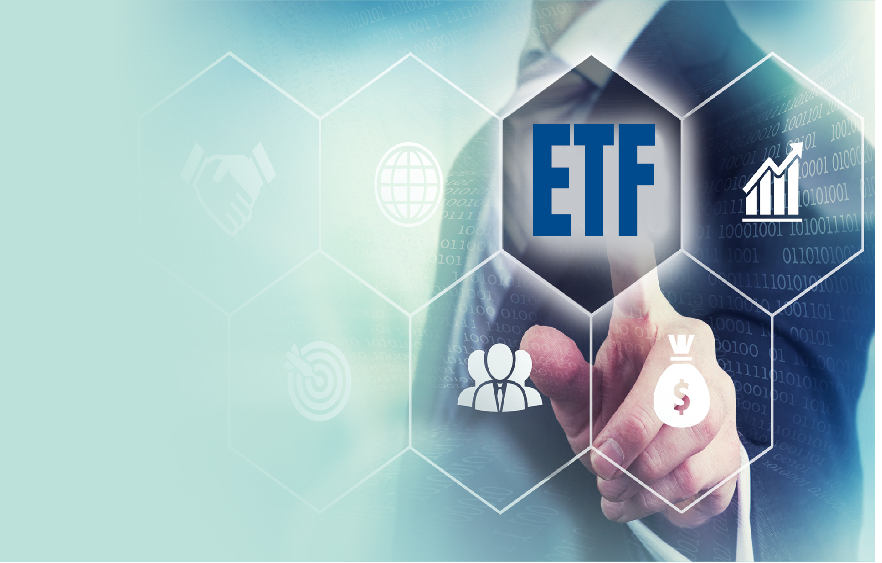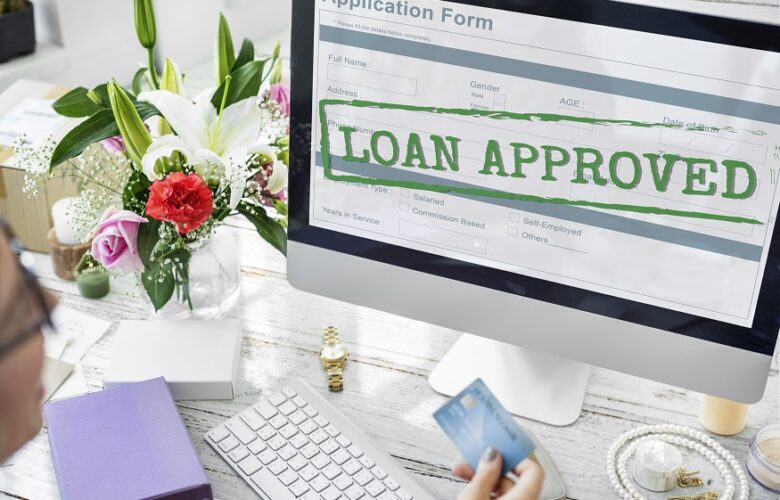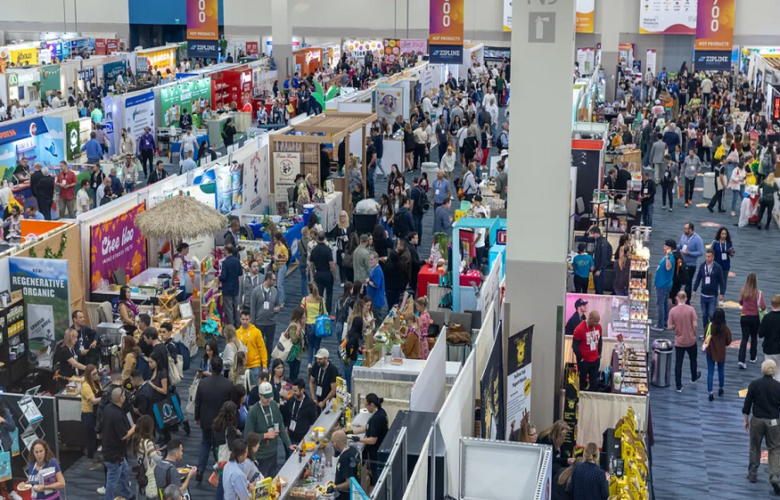ETFs or Exchange Traded Funds are listed vehicles that track indices, commodities, and asset classes. ETFs trade like stocks on the stock exchanges, but they differ in important ways from mutual funds. While both mutual funds and ETF’s do track the performance of an underlying index or commodity, there are two main differences:
The main differences between mutual funds and ETFs
1) Mutual fund prices change at the end of each trading day based on net asset value (NAV), defined as the total market value of all securities within a fund minus its liabilities divided by the number of shares outstanding. In contrast, ETF prices change multiple times during a single trading day.
2) There is usually less authority over ETFs than over mutual funds. Professional portfolio managers look after mutual funds and they are employed by the fund company, whereas ETFs are generally passive funds that track indices.
ETFs in Asia
Except for some commodity-related ETFs, most ETFs are not physically-backed, i.e., investors do not own any of the underlying assets. For example, SPDR Gold Shares (GLD), an ETF that tracks the performance of gold bullion held by a centralised custodian on behalf of investors, is not physically backed by actual gold bars but holds cash equivalent equal to its assets value minus expenses.
This allows for the creation and redemption mechanism where authorised participants who have allocated or obtained baskets of securities matching the holdings in the fund can swap them with authorized participants in exchange for Baskets Of Shares in the Fund at NAV.ETFs are traded through the broker-dealer channel in Asia.
There are essentially two ways of accessing this channel:
Broker-Dealer Direct Market Access (DMA)
This is when the broker-dealers directly source and execute trades with market makers who act as agents for ETF issuers. There are no transaction fees involved in these transactions except for their mark up which is typically less than 1%. The majority of ETF trading volume in Asia occurs via DMA.
Exchange-Traded Fund (ETF) Marketplace
This is where licensed stock exchanges provide an appropriate platform to enable investors to trade listed funds, most notably Singapore Exchange (SGX), Hong Kong Exchanges & Clearing Ltd (HKEx), and Bursa Malaysia Berhad (BM). Investors typically pay a fee to access these exchanges, depending on the agreement between broker-dealers and exchanges.
How to buy and sell ETFs
There are two ways you can trade ETFs:
Bid-Ask Spread
This is the difference between the highest price investors willing to buy at and the lowest price investors are willing to sell at. In essence, this is how much money an investor makes from buying/selling an ETF minus any commissions paid. For instance, if an ETF trades at a $10 bid but your broker-dealer quotes $10.10 ask, you would have made 10cents per share. ETFs trade-in units and there is no fractional trading, so if you bought, for example, 1,000 units at $10 and sold it back at $10.20, then your profit would be $100 minus commissions paid.
Creation and Redemption
This allows authorized participants to trade baskets of securities with the ETF issuer, who will issue/redeem shares based on the number of shares investors hold (i.e., one basket = 1,000 shares). Creation and redemption trades are non-taxable events, whereas normal transactions are taxable.
Finally
ETFs provide various benefits not available in traditional open-ended funds, including lower cost, daily liquidity, and better transparency aided by technology. Investors looking to invest via a professional platform must first decide whether to invest directly in ETFs or via a fund of funds. Fund of funds gives you instant access to a diversified portfolio while maintaining low expense ratios but may come at a higher purchase cost which is the fee an investor pays a mutual fund manager to buy and sell securities on their behalf. New investors interested in trading ETFs should use a reputable online broker from Saxo Bank; browse this site for more information.




